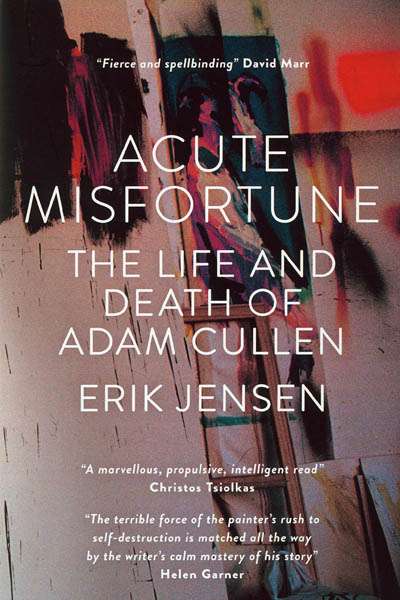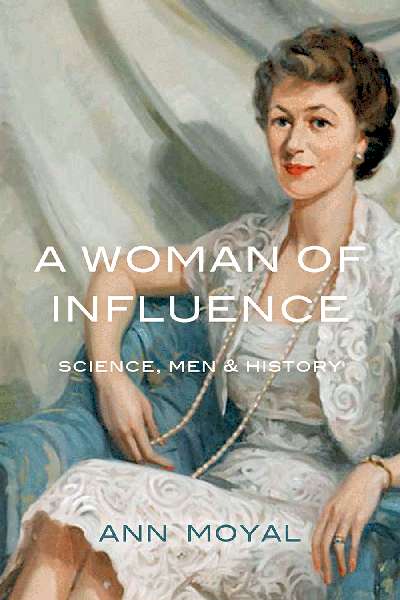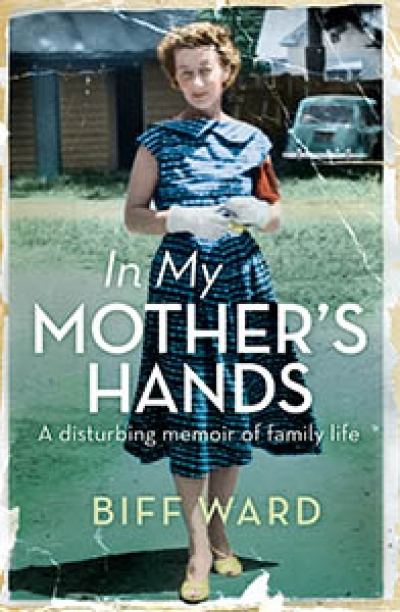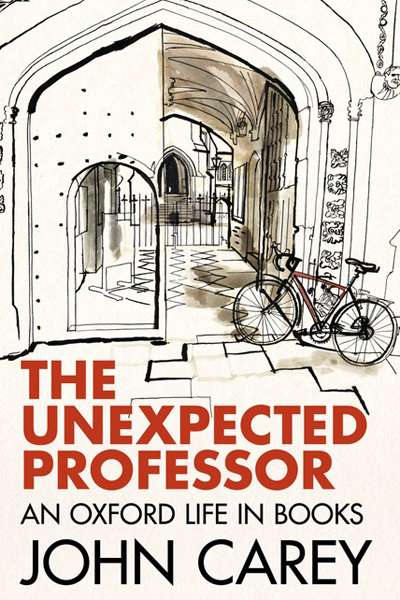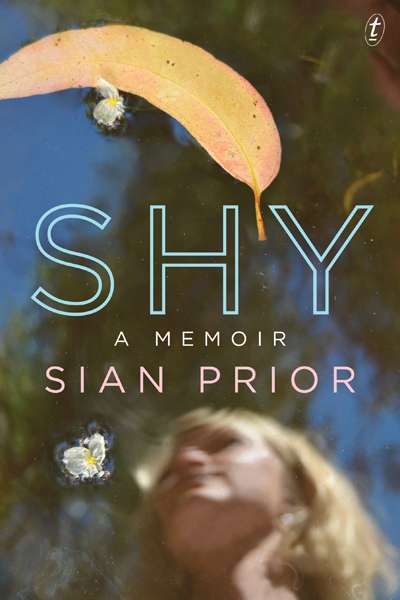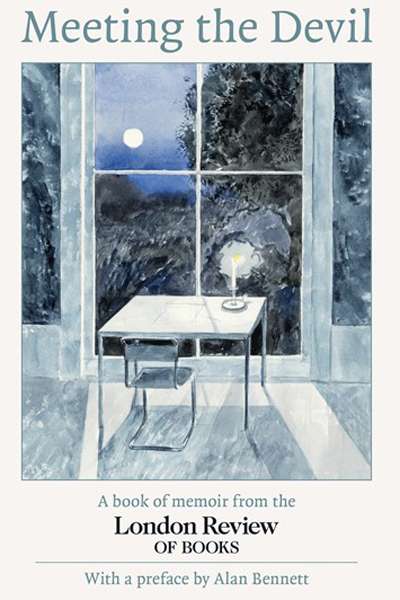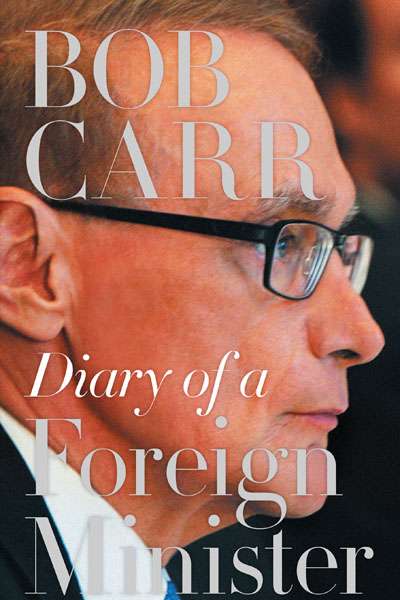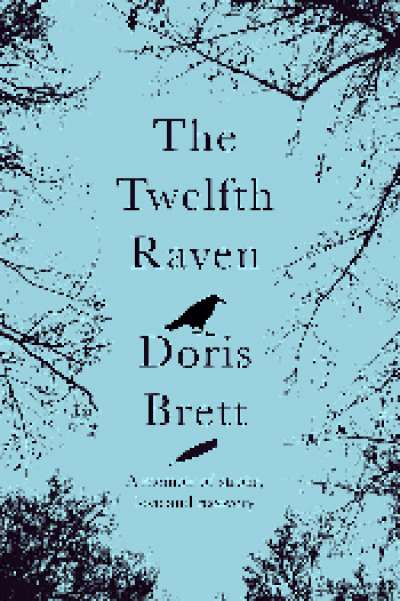Memoir
Acute Misfortune: The life and death of Adam Cullen by Erik Jensen
by Peter Rose •
A Woman of Influence: Science, men and history by Ann Moyal
by Susan Magarey •
In My Mother's Hands: A disturbing memoir of family life by Biff Ward
by Sheila Fitzpatrick •
The Unexpected Professor: An Oxford life in books by John Carey
by Colin Steele •
In Iris Murdoch’s novel, The Sandcastle (1957), a young artist called Rain Carter is commissioned to paint a retired schoolmaster, Demoyte, an eccentric with an offbeat sense of humour. Instead of his usual attire – a shabby red velvet jacket with tobacco stains and bow tie – Demoyte turns up ...
... (read more)Meeting the Devil: A book of memoir from the London Review of Books edited by London Review of Books
by Ann-Marie Priest •

